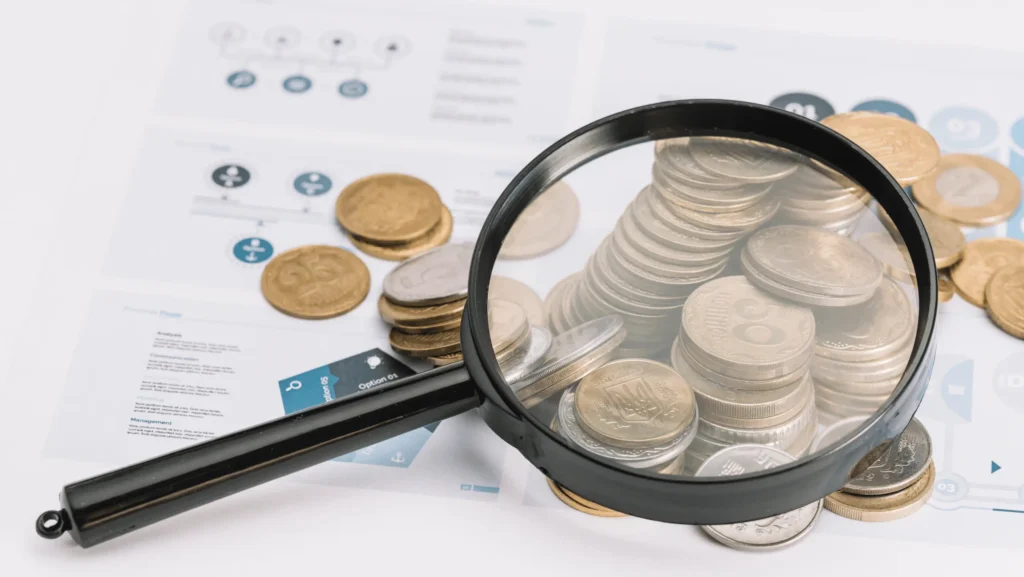Budgeting is an essential skill that can transform your financial life. Whether you’re just starting out or trying to regain control of your finances, a solid budget helps you make the most of your income and achieve your goals. This detailed guide will take you step-by-step through the process of creating and maintaining a budget that works for you.
Do you feel like your money disappears before the end of the month? You’re not alone. Many people struggle with financial uncertainty, but budgeting is a proven solution. A budget is not about restricting your lifestyle; it’s about making your money work for you by aligning your spending with your priorities. The benefits of budgeting include reduced financial stress, a clearer path to achieving goals, and peace of mind knowing where every dollar goes.
Understand Your Income
The foundation of any budget is your income. To start, calculate your net income, which is your total earnings after taxes and deductions. Include all sources of income:
- Full-time or part-time job salary (after taxes)
- Side hustle earnings (freelance gigs, online sales, etc.)
- Government benefits (like tax credits or social security payments)
- Other income (alimony, rental income, or dividends)
Be as accurate as possible. If your income varies, use an average based on past months. Knowing your exact income ensures your budget is realistic and sustainable.
Track Your Expenses
Before creating a budget, it’s crucial to understand your current spending habits. Spend at least a month tracking every dollar you spend. Break your expenses into these categories:
- Fixed Expenses: Costs that stay the same each month, such as rent, car payments, and insurance premiums.
- Variable Expenses: Costs that fluctuate, like groceries, utilities, and fuel.
- Discretionary Expenses: Non-essential spending on items like dining out, entertainment, and hobbies.
To track expenses, you can use:
- Budgeting apps like Mint, YNAB, or Pocket Guard
- Spreadsheets for a more customizable approach
- Pen and paper for simplicity
After a month, review your spending patterns. Are there areas where you can cut back? This awareness is the first step toward controlling your finances.
Set Financial Goals
A budget without a goal is like a journey without a destination. Think about what you want to achieve financially:
- Short-term goals (1 year or less): Building an emergency fund, saving for a trip, or paying off a small debt.
- Mid-term goals (1-5 years): Saving for a car, home renovations, or a large purchase.
- Long-term goals (5+ years): Retirement savings, investing, or saving for a child’s education.
Make sure your goals are SMART:
- Specific: What exactly do you want to achieve?
- Measurable: How will you track your progress?
- Achievable: Is this realistic based on your income and expenses?
- Relevant: Does this goal align with your overall priorities?
- Time-bound: When do you want to achieve it?
Prioritize these goals. For example, paying off high-interest debt might take precedence over saving for a vacation.
Choose a Budgeting Method
Not all budgets are the same, and the best one for you depends on your lifestyle and goals. Popular budgeting methods include:
- 50/30/20 Rule:
- 50% for needs (housing, groceries, transportation).
- 30% for wants (entertainment, dining out).
- 20% for savings and debt repayment.
- Ideal for simplicity and beginners.
- Zero-Based Budgeting:
- Assign every dollar of income to a category until you reach $0.
- Great for people who want detailed control over their finances.
- Envelope System:
- Use cash for categories like groceries or entertainment and stop spending when the envelope is empty.
- Effective for those who struggle with overspending.
Choose the method that resonates most with you and your financial habits.
Create Your Budget
Now that you have all the pieces, it’s time to create your budget. Follow these steps:
- List Your Income: Start with your net income.
- Categorize Your Expenses: Divide them into needs, wants, and savings/debt repayment.
- Allocate Funds: Assign specific amounts to each category based on your goals and chosen budgeting method.
- Account for Irregular Expenses: Include costs like holiday gifts, car maintenance, or annual insurance payments by dividing them into monthly amounts.
- e your total expenses don’t exceed your income. If they do, adjust your discretionary spending.
Monitor and Adjust
A budget isn’t a set-it-and-forget-it tool. Regularly monitoring your progress is critical to staying on track.
- Review your spending weekly to ensure you’re sticking to your plan.
- Conduct a monthly review to identify areas for improvement.
- Adjust as needed for unexpected expenses or life changes, like a pay raise or medical bill.
Build Healthy Money Habits
Incorporate habits that support your budget over time:
- Automate savings: Set up automatic transfers to your savings account.
- Pay yourself first: Allocate funds to savings before other expenses.
- Use reminders: Set alerts for bill due dates to avoid late fees.
- Celebrate milestones: Recognize achievements, such as paying off a debt or hitting a savings goal, to stay motivated.
Common Challenges and Solutions
- Overspending in Discretionary Categories:
- Use cash or prepaid cards for non-essential spending.
- Set limits within your budget for items like dining out.
- Unexpected Expenses:
- Build an emergency fund with at least $1,000 initially, then aim for 3-6 months of expenses.
- Include a “miscellaneous” category in your budget.
- Inconsistent Income:
- Base your budget on your lowest monthly income.
- Save surplus income during higher-earning months.
- Staying Motivated:
- Keep your goals visible (e.g., a vision board or financial tracker).
- Share your progress with a trusted friend or financial coach for accountability.
Conclusion
Budgeting is a skill that improves with practice. By understanding your income, tracking expenses, setting goals, and choosing the right method, you can create a budget tailored to your needs. Remember, it’s okay to make mistakes and adjust along the way. Start small, stay consistent, and celebrate your progress. Your journey to financial freedom begins today!




